Monitor lizards are a large group of reptiles that live in Australia, Africa, Asia, and many different islands in the western Pacific. There are at least 79 different species of monitor lizards, each with its own range, adaptations, and traits.
They are incredibly varied creatures, and the largest species, the Komodo dragon, grows up to 10 ft. long. Each species of monitor lizard is different, which means that there is a lot to learn about them! Read on to learn about the monitor lizard.
Description of the Monitor Lizard
Most species of monitor lizard are quite large, especially compared to other lizards. Though some species, like the Timor tree monitor, are smaller, many species grow several feet long on average.
All monitor lizards have long muscular tails and sharp claws. Though most species, particularly the larger species, live on the ground, young monitor lizards and smaller species live fully or partially in trees.
Interesting Facts About the Monitor Lizard
There are many different species of monitor lizards, which equates to many different behaviors and traits. We have highlighted interesting tidbits about different species below.
- Nile Monitor – Another large reptile shares a name, and a range, with this species. The Nile monitor and the Nile crocodile are something of rivals. These bold reptiles make a habit of robbing Nile crocodile nests, eating eggs and stealing hatchlings.
- Perentie – Perenties are the largest species of lizard in Australia, and grow up to eight feet long! Aboriginal Australians relied heavily upon this species for food, and because of this they are present in Aboriginal folklore.
- Komodo Dragon – You can’t make a list of monitor lizard fun facts without mentioning the largest lizard in the world. Though a number of crocodilian species dwarf them in size, when it comes to monitor lizards, Komodo dragons are king. The largest Komodo dragons exceed ten feet in length!
- Asian Water Monitor – This species of monitor lizard easily reaches seven feet in length. Though this isn’t remarkable in itself, it is much more interesting when you begin to discuss when these reptiles reach sexual maturity. Male monitor lizards can reproduce when they are a little over a foot long, and females when they are a little over a foot and a half.
Habitat of the Monitor Lizard
There are many different species of monitor lizards, and thus, there are numerous habitats and ecosystems where they thrive. These reptiles live in a number of different habitats, and each species has its own preferences.
Some species live in more arid or semi-arid regions, with very little rainfall. Others live in tropical regions with high humidity and lots of rainfall. Monitor lizards live in deserts, desert edges, riverbanks, mangrove swamps, lowland forests, wetlands, and more.
Distribution of the Monitor Lizard
The exact range of these creatures depends on the species at hand. Some monitor lizards are widespread and common, while others have much smaller ranges, and are quite rare. As a whole, the various species live across a huge range.
They inhabit Africa, Asia, Australia, and most of the surrounding islands between these regions. Humans have also introduced a number of monitor lizard species to other areas, including the United States (including, to no surprise, Florida.)
Diet of the Monitor Lizard
Like with any other category, diet varies based on species. Most monitor lizards are carnivores, and eat only meat. A few species are omnivorous, and eat both meat and plants. Of the several omnivorous species, their primary non-meat selections are fruits.
Basically, the larger the lizard is, the larger the prey they can catch. Monitor lizards eat everything from the smallest insects to the largest buffalo and deer. They feed on birds, eggs, worms, spiders, insects, crabs, small reptiles, small mammals, large mammals, and more.
Monitor Lizard and Human Interaction
Some monitor lizards rarely come across humans, others live in areas with large human populations. For the most part, monitor lizards are harmless to people, and many people actually keep them as pets. Komodo dragons are the exception to this, and they can be quite dangerous if provoked.
For the most part, habitat destruction is the biggest threat to these reptiles as a whole. For some species, populations in certain areas are more threatened than those in other regions.
Domestication
Though some species are kept as pets, humans have not domesticated monitor lizards in any way.
Does the Monitor Lizard Make a Good Pet
Yes, there are quite a few different species of monitor lizards that make good pets. However, not all monitor lizard species are good pets, so it is important to do your research before choosing a pet. They are wild animals, and you will need to provide them with specialized care, diet, and veterinary needs.
Monitor Lizard Care
Many different monitor lizard species make good pets, and each has slightly different needs. Some of the most popular pet species include savannah, Ackies, Nile, black-throated, black tree, emerald tree, timor, and crocodile monitors, just to name a few.
All species need a light source and a heat source, and you should choose these at the discretion of your breeder or veterinarian. When you do pick your species, make sure you choose a responsible breeder with healthy animals. It is also important to remember that you should never release a pet into the wild.
Behavior of the Monitor Lizard
The vast majority of monitor lizards are solitary creatures, and patrol their territories. Most territories are relatively large, and the lizards choose them based on how much food they can find and how close they are to prospective mates.
These reptiles alternate their time between basking in the sun, and searching for prey. Some species are nocturnal and active at night, and some species are diurnal and active during the day.
Reproduction of the Monitor Lizard
All species of monitor lizards lay eggs, which make them oviparous. The number of eggs in a clutch varies based on the species, some lay only a handful of eggs, while others lay well over 20 or 30. Even within a single species, the incubation time varies based on the temperature of the eggs.
When the young hatch, they are fully independent and begin to hunt on their own. Most young monitor lizards live in trees and eat insects, and they begin to eat larger prey as they grow larger.
Beliefs, Superstitions, and Phobias About the Monitor Lizard
Different species of monitor lizard interact with humans differently. Because of this, these reptiles are present in a number of different cultures, religion, and folklore. People also use these reptiles as a food source in many regions. This makes them relatively significant in some cultures or tribes.


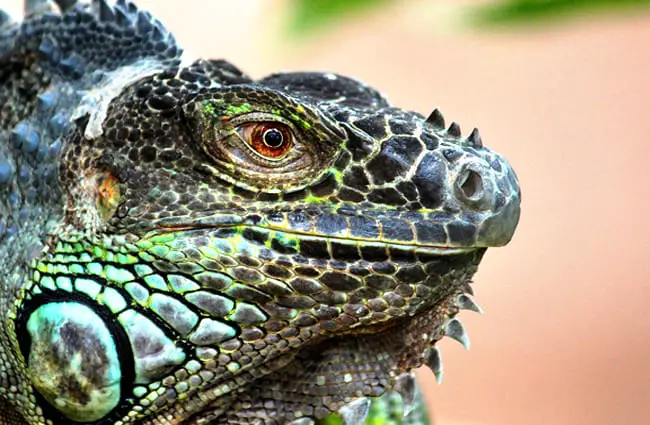


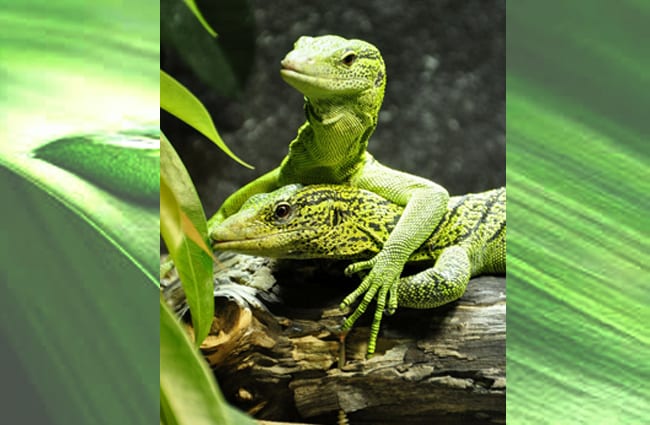

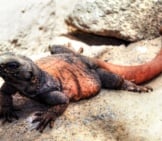

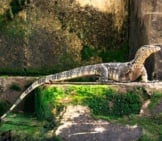


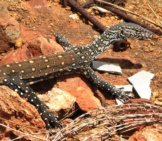
![Red Angus Closeup of a beautiful Red Angus cowPhoto by: U.S. Department of Agriculture [pubic domain]https://creativecommons.org/licenses/by/2.0/](https://animals.net/wp-content/uploads/2020/03/Red-Angus-4-238x178.jpg)












![Red Angus Closeup of a beautiful Red Angus cowPhoto by: U.S. Department of Agriculture [pubic domain]https://creativecommons.org/licenses/by/2.0/](https://animals.net/wp-content/uploads/2020/03/Red-Angus-4-100x75.jpg)

